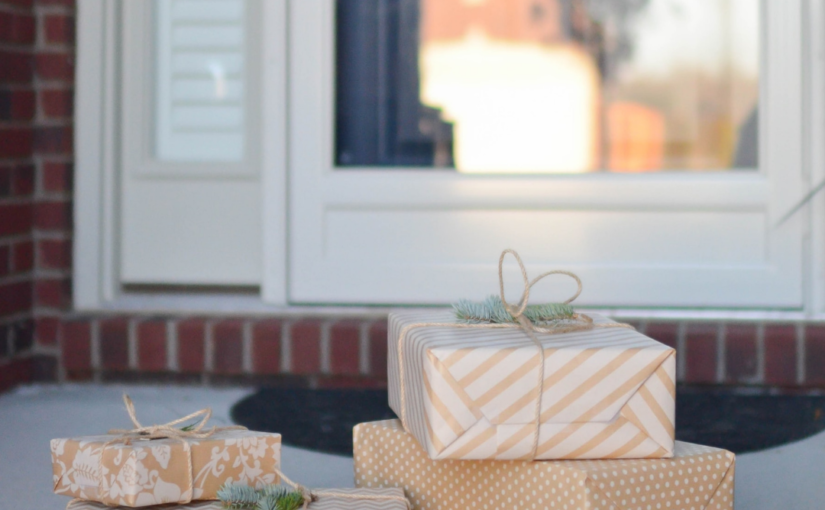Republished from Packaging Week
Sujan Shah, CEO, Rocaba Packaging Limited and Carrier Bag Shop
The onset of Christmas shopping, and therefore seasonal packaging, has begun in earnest. That said, the 2020 holiday season is going to be anything but normal.
In the UK and globally, Covid-19 has made it almost impossible for retailers to plan what sort of Christmas we are likely to have and what their packaging requirements will be. Over the last eight months, we have seen moves towards diversified packaging supply chains, not only to ensure local suppliers are on-hand in the case of closed borders, but also to seek out suppliers and distributers who can hold stock and are not wholly reliant on just-in-time delivery models.
It’s clear that eCommerce will dominate this year, especially considering the current lockdown across the UK, but will this prompt a re-think from both independent and larger retailers around eCommerce packaging? What will the priorities be for this year’s Christmas period and into 2021?
It will come as no surprise that eCommerce is retail’s fastest area of growth in Europe and North America, according to The Centre for Retail Research. It forecasts eCommerce sales in western Europe to hit £294bn by the end of 2020 as a result of lockdown, representing an annual hike of 31% and up on the Centre’s original forecast of £249bn. In line with these figures, we have experienced a huge surge in demand for courier boxes, pouches and packing materials since the start of the year as retailers have adapted to life in lockdown.
It was inevitable that eCommerce packaging would evolve in time, but the pandemic has accelerated this process significantly. As a consequence of lockdown, we are already seeing a shift in priority from in-store shopping to eCommerce experiences – both in terms of a customer’s online journey but also how the product arrives and the branding opportunities this presents.
Retailers and hospitality brands are asking themselves how to maintain loyalty and re-create as closely as possible the service element of their businesses when you are delivering your product into people’s homes. For example, we work with one luxury hospitality brand who wanted to continue its afternoon tea service via deliveries to customers at home. In a shift away from the usual low-cost and volume over quality that we usually see with eCommerce packaging, it made the decision to invest in a high-cost, luxury box for this service, aligned to its brand and customer expectations.
Similarly, with so many brands forced to trade exclusively online under lockdown and with the service element taken out of purchase decisions from customers, there is an opportunity to justify potentially higher product costs through delivery and packaging options. This is not just about choosing more expensive or branded options, but also recognising all customer priorities such as delivery preferences or sustainability.
We will continue to see increased demand for sustainable packaging options as buyers seek to align their online experience with the values and demands of customers. The focus, especially from younger consumers, to seek out brands which prioritise sustainable and ethical packaging as part of a wider CSR approach will only increase and brands have had a unique opportunity to differentiate their eCommerce packaging in 2020.
So despite the challenges of trading under lockdown, there have also been opportunities to create positive change. It is encouraging to see a move towards more thoughtful eCommerce packaging, that is aligned to the customer, more environmentally friendly and sustainability sourced. We still have a long way to go, but the pandemic has furthered the agenda for eCommerce packaging solutions.


